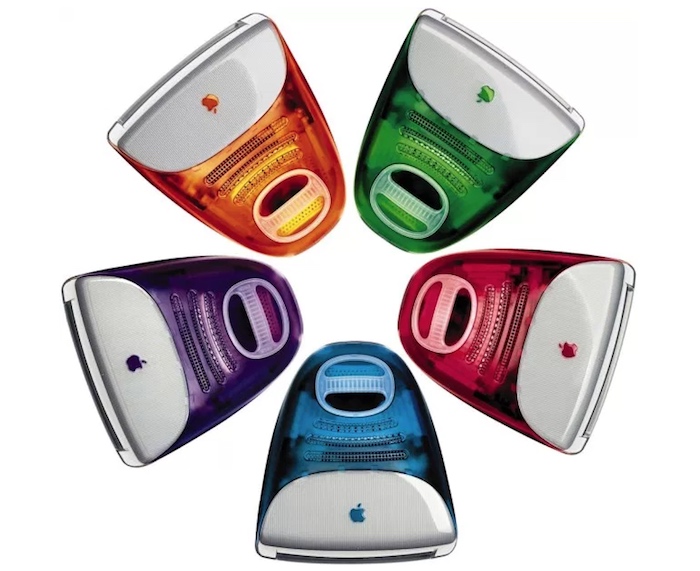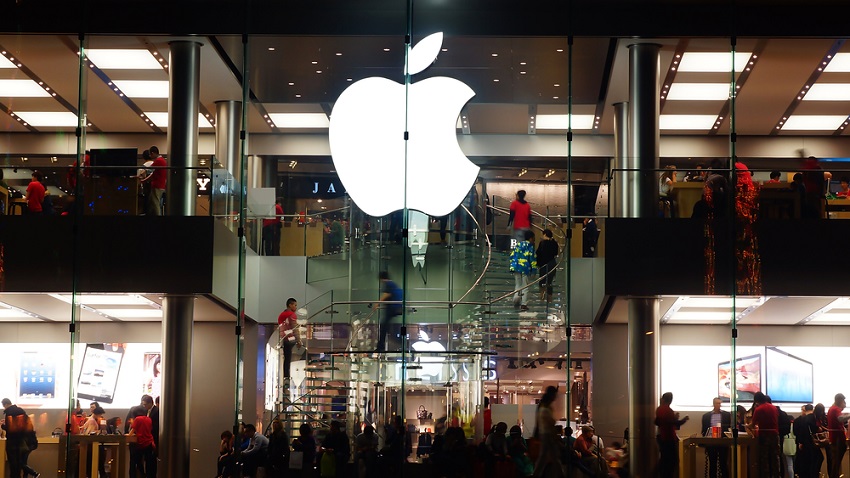20 years ago today, Steve Jobs introduced the original Bondi Blue iMac to the world and forever changed the course of Apple history. While Apple today has more money than it knows what to do with, Apple back in 1998 was in a completely different financial situation. If you recall, Apple during the late 90s was on the verge of bankruptcy on account of a muddled, uninspired, and somewhat overpriced lineup of Macs. In an effort to right the ship and make its Mac offerings more compelling, Apple in late 1996 acquired NeXT, the company Steve Jobs founded after his unceremonious ouster from Apple.
Following the acquisition, Jobs’ involvement at Apple was supposed to be limited to an advisory role. In July of 1997, however, CEO Gil Amelio resigned and Jobs in September of that year assumed the role of interim CEO. With Jobs now assuming the reins, the pressure was on for Apple to deliver something special, a new product designed to show the world that Apple had the wherewithal to actually compete in a computing market that had largely passed them by. Remember, Windows at the time had amassed a 95% share of the market.
Not too long after Jobs became more entrenched in Apple’s day-to-day operations, he became aware of a young and talented designer named Jony Ive and the two soon forged what would go on to become a long and incredibly productive partnership at Apple. Ive’s first task during the Steve Jobs era was to help create a revolutionary new computer that looked nothing like the array of boring beige boxes that were popular at the time.
The end result, of course, was the original Bondi Blue iMac which Apple priced at $1,299.

Featuring an all-in-one design with a translucent blue shell, Apple’s first-gen iMac was absolutely breathtaking, especially when measured against the PCs of its day. Notably, the iMac introduced a number of key features, such as being the first computer to rely solely upon USB ports. What’s more, the iMac shipped without a floppy disk drive, a decision that was incredibly controversial at the time. Jobs, though, wanted the iMac to be a forward-looking machine. Consequently, Jobs appreciated that physical media would soon make way for a more connected world of computing thanks to the Internet.
It’s also worth noting that the iMac was the first product to introduce us to the “i” product branding scheme which continues on to this day with products like the iPhone, the iPad, and of course, more modern incarnations of the iMac.
In light of the iMac’s 20th anniversary, Tim Cook tweeted out the following early on Sunday.
20 years ago today, Steve introduced the world to iMac. It set Apple on a new course and forever changed the way people look at computers. pic.twitter.com/GbKno7YBHl
— Tim Cook (@tim_cook) May 6, 2018
For those interested in taking a stroll down memory lane, below is footage of Jobs introducing the original iMac back in 1998.
The iMac eventually shipped in August of 1998 and became a huge success for Apple as the company quickly began iterating on the original design with a range of new colors and features.

For those too young to remember, the original iMac was widely praised by the Mac community, though the machine’s hockey puck mouse was largely derided. As a point of interest, here’s what MacWorld’s first impression of the iMac was like:
At $1,299, the iMac offers leading-edge capabilities, a breathtaking design, and a bargain price.
For years, Apple relied on pedestrian designs for its desktop computers, leaving visual innovation to PowerBook designers. The iMac is different: it demands to be noticed, sporting a fresh, ultramodern design that is at the same time very familiar.
…
Here, like so many vendors, Apple is relying on the popularity of the Internet. It’s hoping that the Mac OS’s legendary ease of use, combined with the iMac’s multitude of built-in networking options (100BaseT is a natural for DSL and cable-modem connections, for example), will help bring more users into the Macintosh fold. Apple has set its sights high for the iMac; although they declined to state how many units will be manufactured, marketing managers told us that the iMac launch would be “probably the biggest in Apple history.”
Many in the non-Mac media, however, were skeptical about the machine. To wit, check out this old blurb from the Boston Globe.
The iMac will only sell to some of the true believers. The iMac doesn’t include a floppy disk for doing file backups or sharing of data. It’s an astonishing lapse from Jobs, who should have learned better…. The iMac is clean, elegant, floppy-free — and doomed.
An old and somewhat entertaining CNN review of the iMac from 20 years back can be seen over here. Meanwhile, a rundown of the original iMac’s full specs can be viewed over here.
Though Apple today derives the vast majority of its revenue from the iPhone, none of Apple’s revolutionary products — from the iPod to the iPhone to the iPad — would have been possible without the original Bondi Blue iMac








